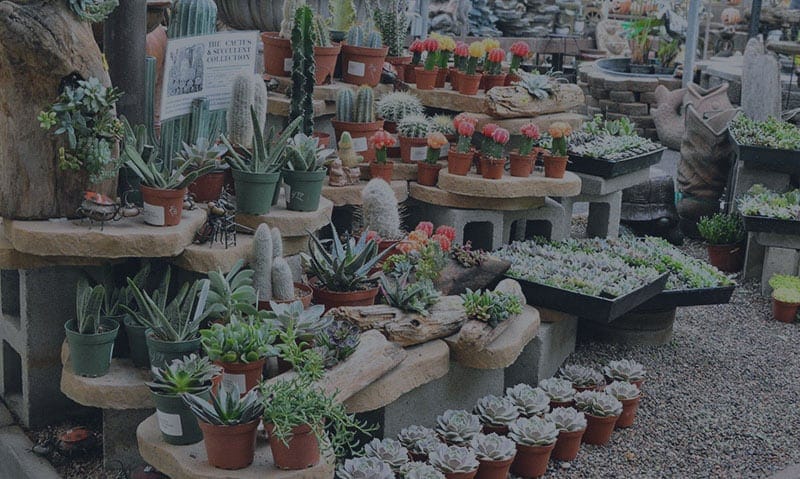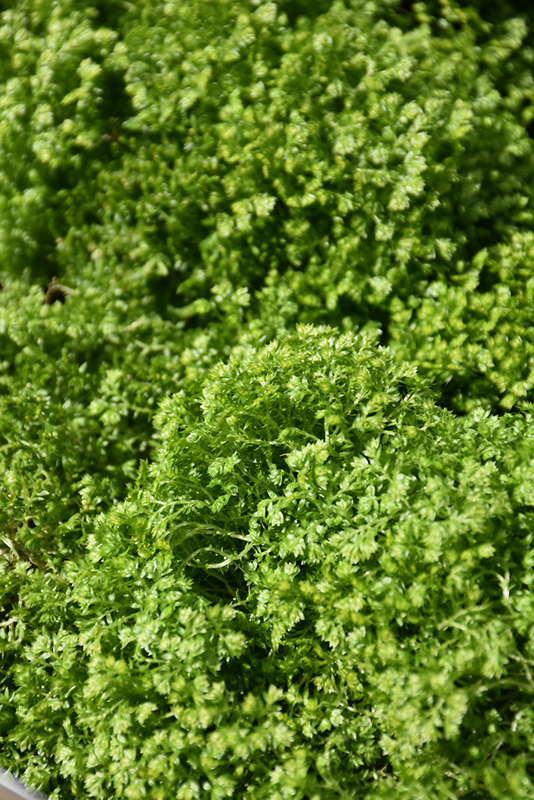Brownii Spikemoss
Selaginella kraussiana 'Brownii'
Height: 6 inches
Spacing: 8 inches
Sunlight:
![]()
![]()
Hardiness Zone: 6b
Other Names: Mounding Spikemoss, Arborvitae Fern, Clubmoss
Description:
A beautiful fern-like variety that forms a low, mounded cushion of whorled green foliage; creates interesting contrast and texture in the garden; perfect for shaded moist areas, as a companion to other shade loving plants
Ornamental Features
Brownii Spikemoss' attractive ferny leaves emerge light green in spring, turning bluish-green in color the rest of the year on a plant with a mounded habit of growth.
Landscape Attributes
Brownii Spikemoss is a dense herbaceous evergreen perennial with a mounded form. It brings an extremely fine and delicate texture to the garden composition and should be used to full effect.
This is a relatively low maintenance plant, and should not require much pruning, except when necessary, such as to remove dieback. It has no significant negative characteristics.
Brownii Spikemoss is recommended for the following landscape applications;
- Mass Planting
- Rock/Alpine Gardens
- Border Edging
- General Garden Use
- Groundcover
Planting & Growing
Brownii Spikemoss will grow to be only 6 inches tall at maturity, with a spread of 10 inches. When grown in masses or used as a bedding plant, individual plants should be spaced approximately 8 inches apart. Its foliage tends to remain low and dense right to the ground. It grows at a medium rate, and under ideal conditions can be expected to live for approximately 10 years. As an evegreen perennial, this plant will typically keep its form and foliage year-round.
This plant does best in partial shade to full shade. Keep it well away from hot, dry locations that receive direct afternoon sun or which get reflected sunlight, such as against the south side of a white wall. It prefers to grow in average to moist conditions, and shouldn't be allowed to dry out. It may require supplemental watering during periods of drought or extended heat. It is not particular as to soil pH, but grows best in rich soils. It is somewhat tolerant of urban pollution. This is a selected variety of a species not originally from North America. It can be propagated by division; however, as a cultivated variety, be aware that it may be subject to certain restrictions or prohibitions on propagation.


